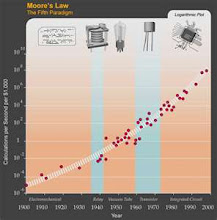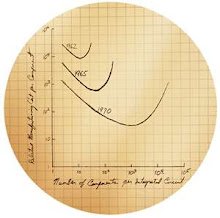



It is significant in that it is a prototype for implantable continuous eye pressure tracking monitor, (readings are taken every 15 minutes) targeted for medical applications with the focus on glaucoma patients. The other innovative applications for building are to track pollution, weapons, and structural integrity, making any object smart and traceable.
The system uses ultra-low power consumption while in extreme sleep mode and stores up to one week of data. Each day it requires exposure to 10 hours of indoor light or 1 ½ hours of sunlight to keep the battery charged. It consumes an average of 5.3 nanowatts.
"This is the first true millimeter-scale complete computing system," said Dennis Sylvester, also a professor of electrical engineering and computer science at the University of Michigan.
Key Qualities
Unique Architecture
Small in scale
Contains compact radio with wireless sensor networks
Better, faster



















































